Scientists are deploying robots on the campus of University of Texas at Austin to see how they interact with the community.
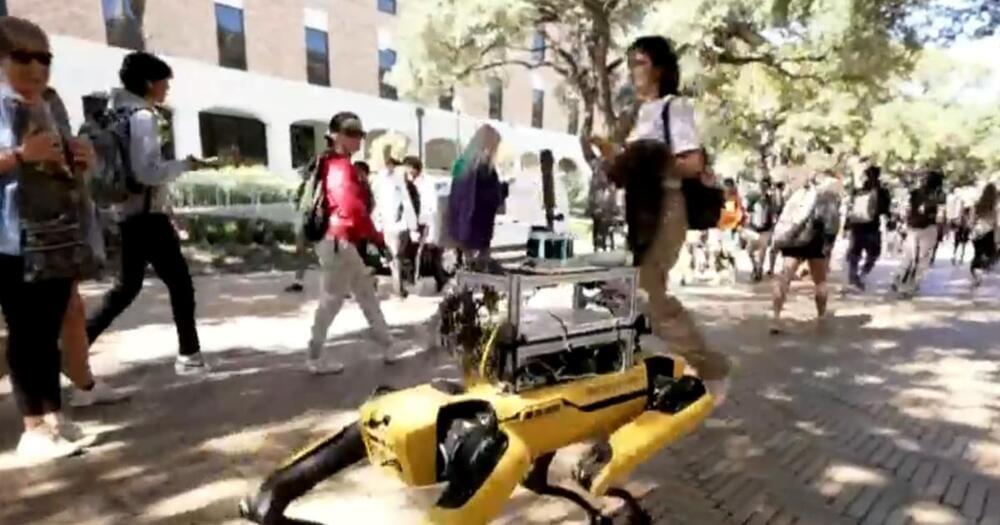

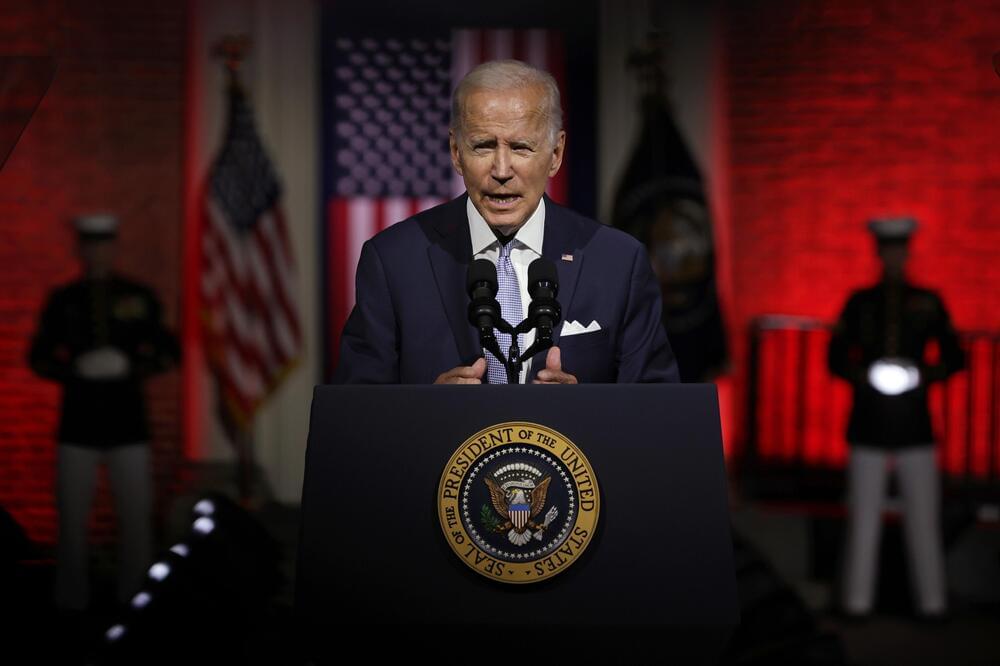
Last month, the Federal Reserve rejected crypto bank Custodia’s application to join its ranks, casting doubt over whether the Office of the Comptroller of the Currency will give final approval to crypto companies Protego and Paxos’ applications for national trust bank charters.
“The U.S. government is using the banking sector to organize a sophisticated, widespread crackdown against the crypto industry,” Carter wrote.
“And the administration’s efforts are no secret: they’re expressed plainly in memos, regulatory guidance, and blog posts. However, the breadth of this plan—spanning virtually every financial regulator—as well as its highly coordinated nature, has even the most steely-eyed crypto veterans nervous that crypto businesses might end up completely unbanked, stablecoins may be stranded and unable to manage flows in and out of crypto, and exchanges might be shut off from the banking system entirely.”
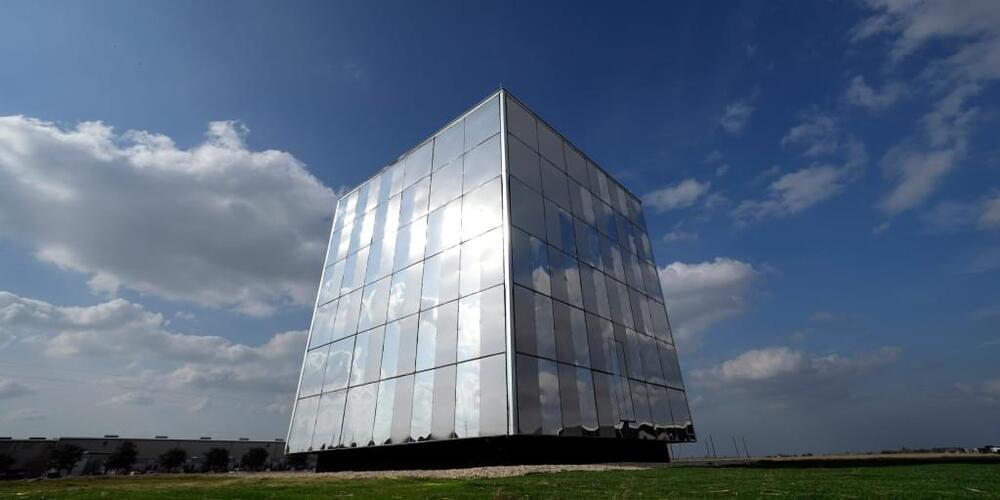
If your image of nuclear power is giant, cylindrical concrete cooling towers pouring out steam on a site that takes up hundreds of acres of land, soon there will be an alternative: tiny nuclear reactors that produce only one-hundredth the electricity and can even be delivered on a truck.
Small but meaningful amounts of electricity — nearly enough to run a small campus, a hospital or a military complex, for example — will pulse from a new generation of micronuclear reactors. Now, some universities are taking interest.
“What we see is these advanced reactor technologies having a real future in decarbonizing the energy landscape in the U.S. and around the world,” said Caleb Brooks, a nuclear engineering professor at the University of Illinois at Urbana-Champaign.

Google’s wannabe rival to ChatGPT is off to a shaky start after its launch video featured a glaring error about the JWST and exoplanets. As a result of the blunderin parent company Alphabet plunged by around $100 billion on Wednesday.
In a promo video posted on Wednesday, Googles’s new artificial intelligence (AI) chatbot, Bard, was asked to describe the discoveries made by JWST to a nine-year-old child. It replied that it was the first telescope to ever take pictures of a planet outside of the Solar System.
Unfortunately, however, that is not true.
Could a tire be puncture-free, better for the environment, and minimize danger on roads? It sounds almost too good to be true. Back in 2017, General Motors (GM) and Michelin teamed up to execute exactly that, creating an airless tire.
The tire, called ‘Unique Puncture-proof Tire System’ or Uptis in short, is due to launch in 2024. The aim is for a complete reshuffle of conventional wheels and tires so that they are fully replaced as an assembly unit for passenger cars.


Scientists discovered a mysterious light in what they previously believed was a darker region of space. The light, which James Webb picked up, was initially invisible when Hubble observed the area. But scientists aren’t quite sure what caused this mysterious light in space, so they’re still searching.
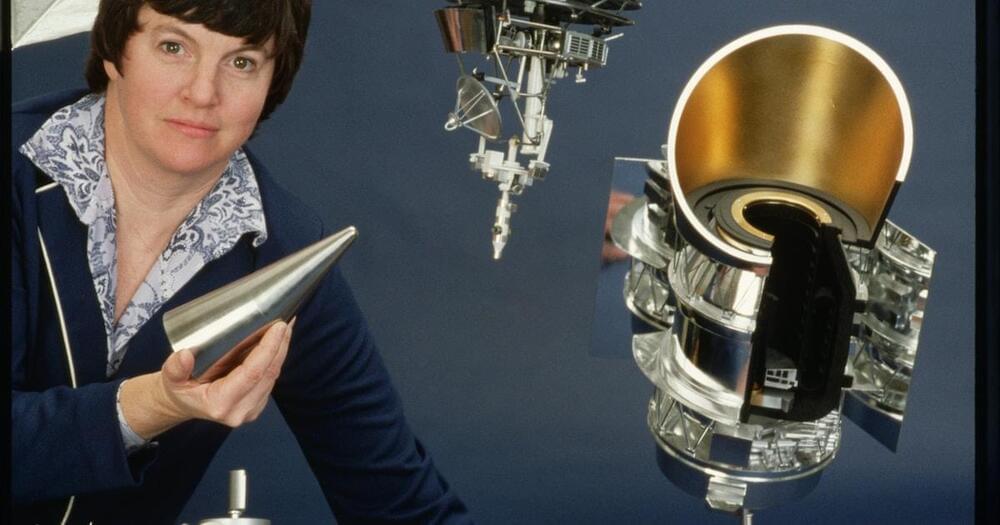
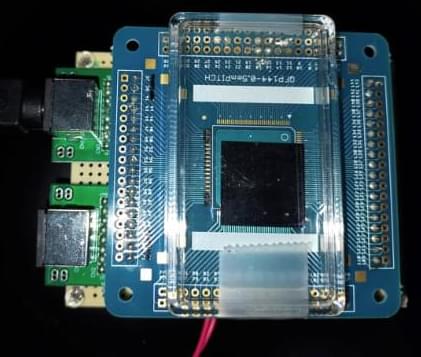
A computing device that uses tiny magnetic swirls to process data has been trained to recognize handwritten numbers. Developed by RIKEN researchers, the device shows that miniature magnetic whirlpools could be useful for realizing low-energy computing systems inspired by the brain.
Our brains contain complex networks of neurons that transmit and process electrical signals. Artificial neural networks mimic this behavior, and are particularly adept at tasks such as pattern recognition.
But artificial neural networks consume a lot of power when run on conventional silicon chips. So researchers are developing alternative platforms that are specially designed for brain-inspired computing, an approach known as neuromorphic computing.
(https://www.timothywittig.com/) is a conservationist, professor, and former defense intelligence analyst. He is a research fellow at Oxford University (Oxford Martin School), an associate fellow at the Royal United Services Institute (RUSI) in London, and has served as Head of Intelligence for both the Royal Foundation’s United for Wildlife Transport and Financial Taskforces (https://unitedforwildlife.org/), and the wildlife investigations charity Focused Conservation.
Dr. Wittig has lived in 8 countries on 3 continents and worked in nearly 50 different countries. His professional background is in research & development and applied sciences, intelligence-led targeting of illicit financial networks, and African and global security.
Dr. Wittig began his career in national security, and was one of the first people in the US Intelligence Community (IC) to treat biodiversity and ecosystem collapse as a threat to global security.
Since their inception in 2016, Dr. Wittig has played a central role in the United for Wildlife Transport and Financial Taskforces, a groundbreaking program of the Royal Foundation of the Prince & Princess of Wales (https://royalfoundation.com/), to use data and intelligence, alongside high-level formal commitments, to mobilize 200+ of the worlds’ largest banks, maritime shipping companies, and airlines to take meaningful action against global wildlife trafficking. Dr. Wittig conceived of and currently runs the central intelligence sharing system of the both Taskforces.
A former tenured professor of International Relations and Humanitarian Action, and a life-long environmentalist and outdoorsman, Dr. Wittig, like many people today, believes reversing the current catastrophic extermination of nature is the single most important issue of our time — a literal life-and-death struggle for the future of our common planet and ultimately humanity itself.
Dr. Wittig came to work professionally in conservation a decade ago after observing how the major threats to the environment today — species loss, climate change, pollution, et al — are all underpinned and driven often to a large extent by crime and corruption, illicit networks, and social injustices. And that rigorous, hard-hitting intelligence and data-led analysis of these dynamics, especially when done at scale, will be a game changer in how we confront threats to the world’s wildlife and ecosystems.